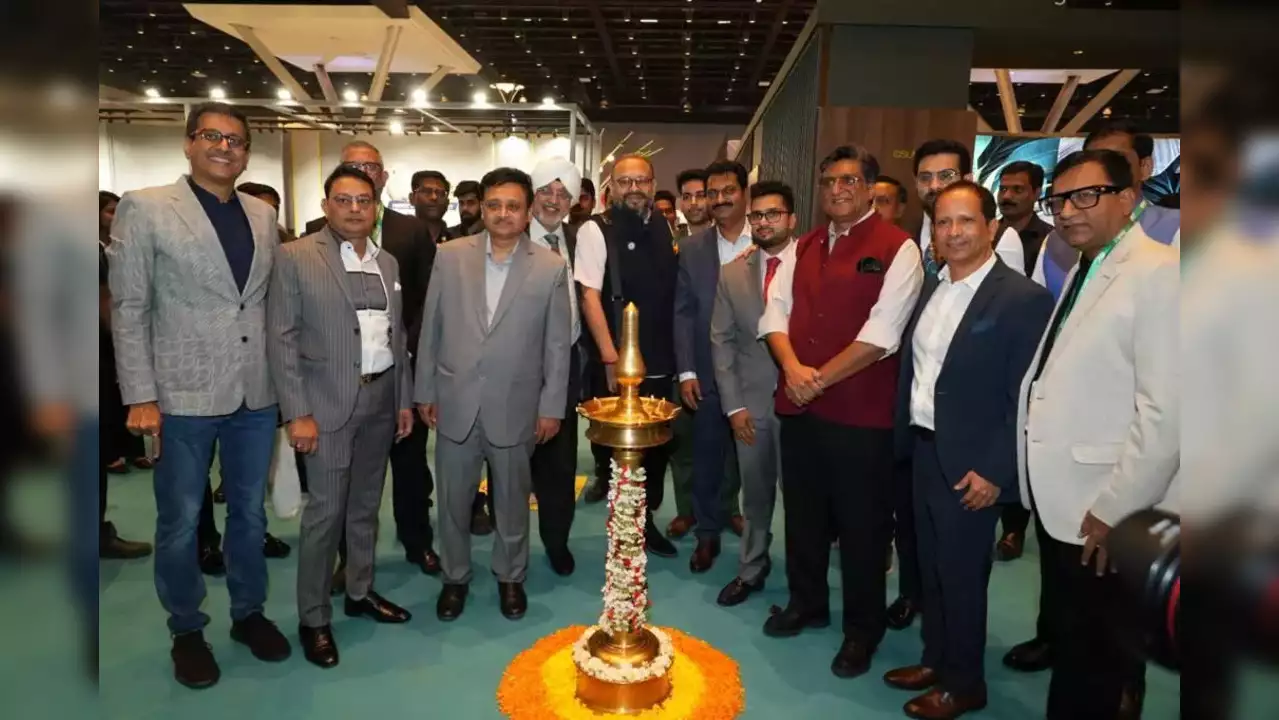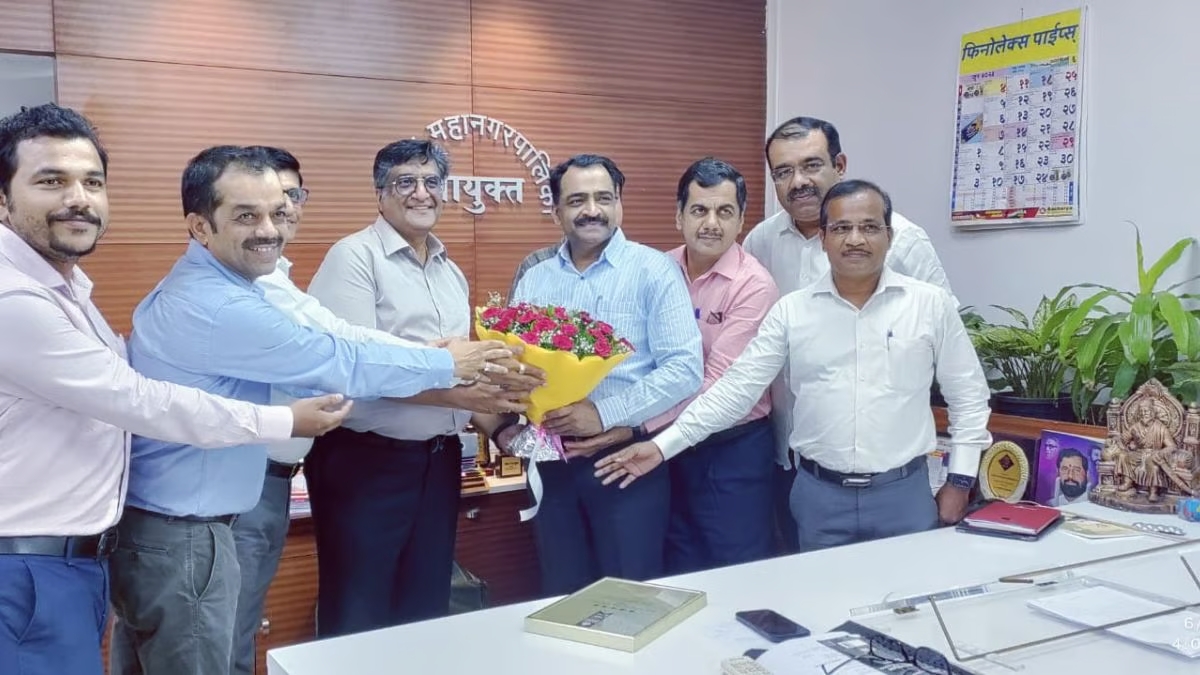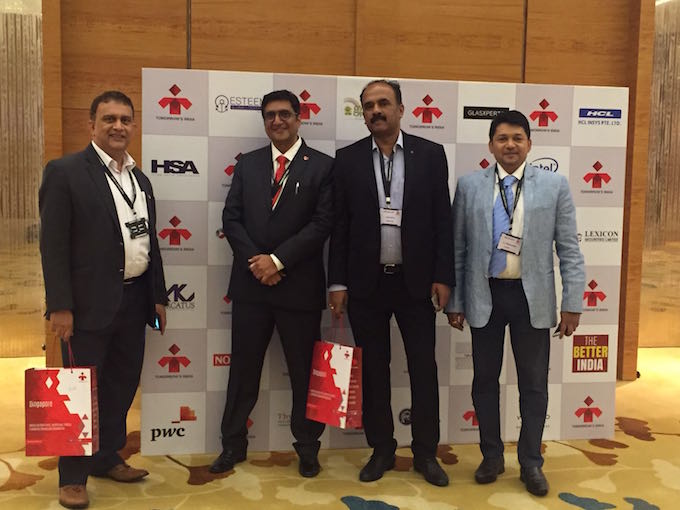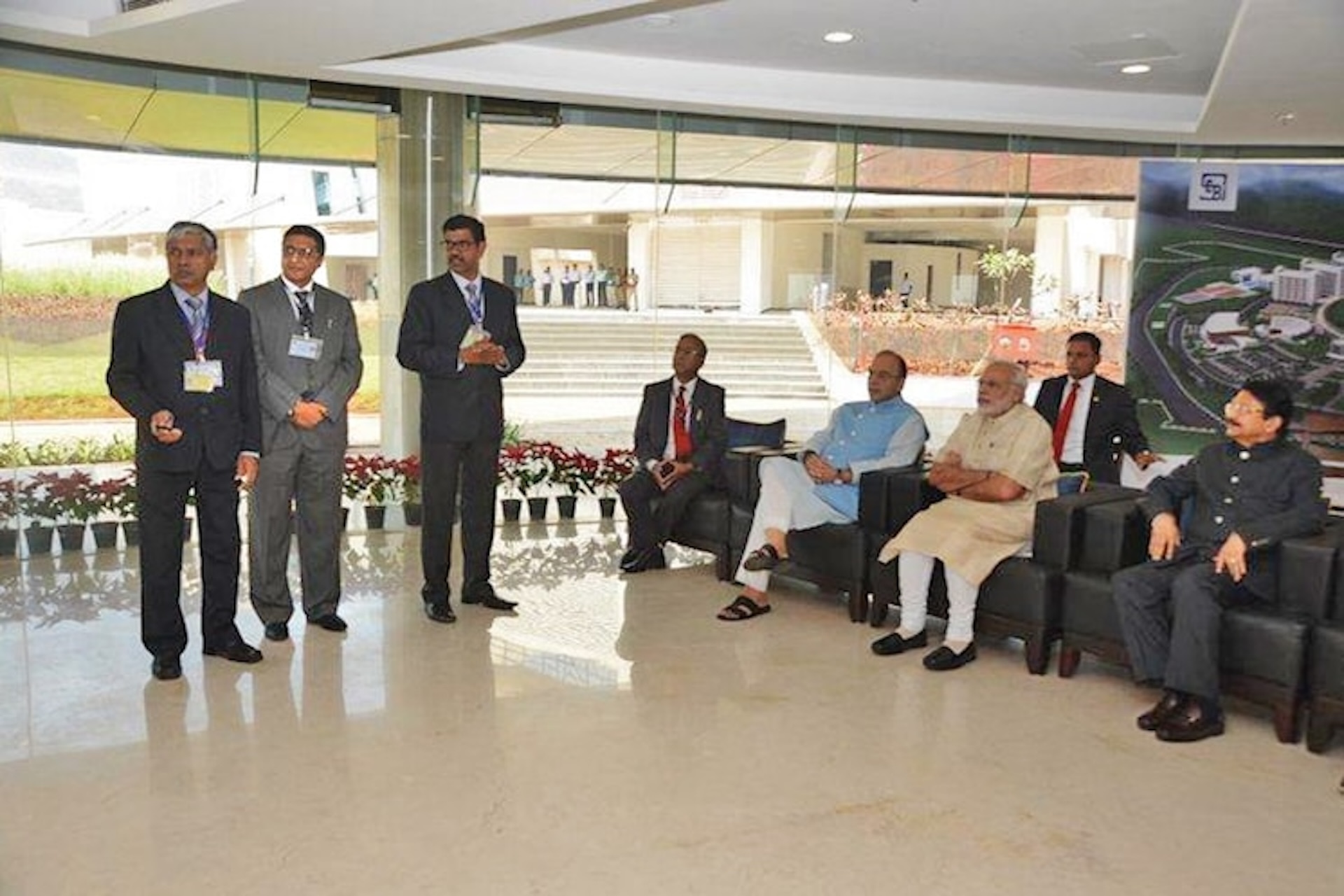Significant Inroads in Green Buildings
- 25 Nov 2023
- -
- Newsletters
Significant Inroads in Green Buildings
Hiten Sethi, CEO, Hiten Sethi & Associates (HSA) while highlighting India’s green building progress, trends, enormous challenges in the sector informs that India ranks number 2 after the US in terms of the number of green technology projects and built-up area in an email interaction with Cooling India.
With emphasis on zero carbon footprints, how do you envisage the growth of green buildings concept in India?
In order to have a sustainable and holistic development, there is a need for balance and harmony between the economic, social and environmental needs of the country. There is a need to strike a balance between development and environment protection. India is walking a sustainable development path and has emphasised on green building development to maintain the climatic balance.
The concept of green building is prevailing in India for approximately 1,000 years, and is a way of life. The havelis that were built hundreds of years ago had thick walls, jharokas and jaali windows that cooled the air along with water bodies in the central courtyard. Green architecture has been the part of our civilisation that started getting lost in the 1920s. Like most other Indian concepts that have caught on in the West, to be later aped by India, green architecture too is seeing a similar trajectory.
In the last few years, green building construction has made significant inroads in India and today it has emerged as one of the world’s top destinations for green buildings ranging from residential complexes, exhibition centres, data centres, hospitals, educational institutions to laboratories, IT parks, airports, government buildings, corporate offices etc.) and implemented a number of rating systems LEED-India, GRIHA, IGBC etc which open up a wide range of opportunities in construction, architecture and engineering design, building materials and equipment manufacture.
With a mere beginning of 20000 square feet in 2003, India’s green building footprint has grown manifold to date and according to the CII study and statistics which estimated that the market of green building construction is set to grow substantially in the years to come.
What trends do you see in the green building industry? What are you most excited about?
Increased competition among green building rating systems, the rise of net-zero buildings and a sharper focus on existing structures are among the trends that will drive sustainability through 2020.
I identify few megatrends that I believe will shape green building technologies, markets, government rules, and certification systems through 2020 and beyond.
Globally, green building will likely continue its worldwide growth, especially, in most countries of Europe and North America, as well as in fast-growing countries in the Asia-Pacific region, South America, and the Middle East. Each year, more government agencies, universities, property developers, and corporate real estate managers incorporate green design ideas and measures into their buildings and facilities. There is nothing on the horizon that will stop this megatrend.
It is worth noting that trends revolve around energy, water conservation and use of green building materials energy efficiency, zero-net-energy, cloud-based (and data-driven) energy management, energy performance disclosure, and solar power. These are largely impelled by two practical considerations: first, for most buildings, energy is the largest uncontrollable operating cost; second, the growing understanding of a connection between building energy use and global climate change means that corporate social responsibility and government action will result in rising demand for building energy efficiency. The use of green building materials and products represents one important strategy in the design of a building. Using green building materials and products promotes conservation of non-renewable resources and helps in reducing the environmental impacts associated with the installation, reuse, recycling, and disposal etc. of the building materials. Most importantly energy efficient products and systems used in construction of sustainable building reduce maintenance and operating costs to large extent and it is noted that green buildings generally use 50 per cent—75 per cent less energy than conventional construction.
How would you achieve the goal of energy efficiency during the planning of buildings?
Energy is the single largest operating expense and accounts for more than USD 100 billion in expenses for commercial buildings every year in India. Major emphasis in green building is given on saving energy costs through proper selection of energy efficient products in lighting system, insulating system, heating ventilation & air conditioning, glazing and cladding etc.
Lighting is one of the important aspects in residential or commercial décor. About one-quarter of the electricity budget is spent on lighting. So, by specifying a high-quality energy efficient lighting system that utilises both natural and electric sources as well as lighting controls can provide a comfortable yet visually interesting environment for the occupants of a space.
Properly designed insulation system can mean big energy and cost savings for building owners. With a view to improve efficiency and thereby, enable conservation of energy, different segments of the industry and for different market applications, the best products are incorporated in the design stage line insulation boards, shield and reflectors to reduce solar heat gain, thus, saving on air conditioning costs, both capital and running costs, by suitably incorporating the same at the design stage.
Air conditioning happens to be a major requirement in the building industry, which contributes towards large energy consumption and its running costs. Keeping this in view, energy efficient designs should be applied through judicious use of insulation products for such a system. This would directly help in reducing costs and also environmental impact. Thus, selection of effective insulation materials, applied in the right manner, would contribute towards reducing costs in the working of Air Conditioning plants, help in containing ingress of moisture, which is detrimental to HVAC systems and Indoor Air Quality.
Glass cladding or facades optimise the use of natural light to illuminate the interior, thereby, not only making it more comfortable for occupants but also reducing the use of electricity or fuel-powered light. In tropical countries like India, a major requirement is air conditioning of the building. Proper usage of glass can ensure that the air conditioning loads and therefore, the air conditioning expenses can be reduced by controlling the heat coming into buildings. This is done by careful usage of glass with appropriate solar control so as to reduce the heating up of the building due to direct solar radiation.
In cold countries or parts of India where winter temperatures are low, there is a requirement for heating the interiors. One can reduce the heating loads (and the heating expenses) by reducing the heat loss from the inside to the outside. This is done by using heat insulating glass which reflects the far off infra-red radiation or thermal radiation which is the means by which the heat loss happens from inside to outside.
The glass is gaining wide acceptance due to the increasing regulation. ECBC (Energy Conservation Building Code) specifics use of energy efficient glass combinations to maximise daylight and minimise cooling loads.
What are the sustainable design considerations adopted during the construction of green buildings?
For sustainable design of the project we must stress on green construction practices such as preserving the top soil for landscaping during excavation, maintaining water and energy efficiency during construction, use environment friendly material for construction procured from areas within the 500 km radius of the site, such as fly-ash building blocks, other recyclable materials.
Committed to 100 per cent green compliance, the design must offer complete recycling of grey water for landscaping and flushing purposes, rainwater harvesting system and install metering devices to measure treated grey water consumption for flushing, landscape water consumption and hot water consumption.
What are the challenges faced during the planning of green building? How do you overcome the same?
There is not repudiating to the fact that sustainable building is still in its embryonic stage in the country, but according to numbers, India is one of the leading countries when it comes to green building developments. In actual fact, India ranks number 2 after the US in terms of the number of green technology projects and built-up area.
The initial investments of constructing a green building can be moderately high as compared to the conventional ones; the enduring benefits make sustainable building an enormously viable long-term investment decision for both consumers and developers. In India, GRIHA and IGBC are the leading bodies who define the green buildings’ standards.
Even though green building practices is gaining increasing acceptance in the construction industry as a viable solution for meeting the growing demand for environmentally friendly or healthy buildings. However, the uptake of green building technologies is not as apparent as it should have been.
What kind of innovations would you suggest to make green buildings more sustainable and energy efficient?
It is important to ensure all new construction for commercial or residential or mixed-use buildings as defined by the ECBC to be ECBC compliant.
Target 50 per cent greening of rooftops and public spaces in all urban areas to prevent urban heat island effect; in the first phase, important cities (3–4) may be taken for greening.
There is a need to take retrofit measures to make the existing building stock energy efficient and water wise to overcome the various environmental challenges posed by the sector. Turning heat into light that could make solar panels 80 per cent efficient, pairing geothermal plus rooftop solar for a truly renewable home.
New stock to be built on the principles of green buildings to accrue social, environmental, and economic benefits. Alternate building materials which perform equal or better than the conventional ones to bring in environmental sustainability.
A strategy and implementation plan at the national level on promotion of green materials and replacement of high embodied materials with low embodied materials—a must for India given the high construction rate.
Exclusive substantial financial allocation for R&D on green buildings and new materials, revitalising or strengthening all the buildings centers and facilitating establishment of new institutes as centres of excellence; regional presence of such centres of excellence in all regions of the country; incentivising the R&D and innovative initiatives.
At the policy level in India, do you think we need more additions supporting the green building concept? If yes, what should they be and why?
Greening of the building sector offers great economic and environmental opportunities and enormous challenges. EE measures undertaken at a slow rate and integration of various essential green measures is currently missing at the national and sub-national policy levels.
There is a need for integrating green measures such as storm water management, wastewater management, rainwater harvesting, low impact development strategies, use of appropriate construction materials and technologies, along with intensive measures targeting energy efficiency and renewable integration both for thermal applications and generation of electricity should be the vision as part of green growth strategy.
- 10429







